The content of the article
Soap making is gaining widespread popularity over the past 5 years. More and more girls and women are trying to use only natural, hypoallergenic cosmetics. In addition to the undeniable benefits of the product in terms of body and face care, creating a home masterpiece is considered an exciting hobby.
The composition of home soap
- The foundation. The main part can be a bar of baby soap or a special composition of white / translucent color. The main difference between the soap base of white soap and children's soap is the absence of smell. At this time, a transparent composition allows you to create a unique design due to the objects inside. If you are a beginner, give preference to baby soap.
- Base. The component is used to soften the skin, they are usually natural oil. You can choose peach, olive, vegetable, almond or apricot, it all depends on personal preferences. The main thing is to make sure that when adding the component you, relatives or friends do not have an allergic reaction.
- Dyes. To colorize the final product, food or special soap dyes are used. They are considered harmless and suitable for any type of skin. Many believe that these ingredients stain the epidermis, but this misconception is erroneous. If you wish, you can give the soap a shade of natural products, such as juice of vegetables / fruits, chocolate, cocoa, etc.
- Ethers. The choice of essential oils depends on the individual characteristics of the epidermis. For example, if you have oily, combination or problematic skin, give preference to drying esters (citrus fruits, tea tree, etc.). In cases with dry dermis, ether of aloe, rose, ylang-ylang is suitable. Before buying, read the manufacturer's recommendations and conduct a test for the presence / absence of allergies.
- Additional ingredients. Additives can be completely different components: liquid glycerin, herbs, natural cream, honey, dried inflorescences. In cases when a soap scrub is being prepared, it is necessary to add ground nutshells, coffee beans, oat or linen flakes, etc.
Important!In addition to the above components, you will need enameled dishes for languishing the composition in a water bath, ethyl (medical) alcohol for spraying soap forms.
As for the containers into which the prepared liquid will be poured, absolutely everything is suitable: ceramic and plastic dishes, confectionery forms or special bowls for soap.
To dilute the base, you will need a decoction based on medicinal herbs, filtered water or milk with a fat content of 1.5-3.2%.
Natural dyes for home soap
- Spinach, dry seaweed, henna, fresh parsley or dill will help to give a green color to natural soap.
- You can make the product white with the help of powdered or natural milk and white clay.
- To make brown soap, use ground coffee, cocoa powder or cinnamon, rosehip berries.
- An orange tint can be achieved with carrot or pumpkin juice, sea buckthorn oil.
- Yellow is achieved by interfering with turmeric, chamomile, calendula petals.
- A burgundy and pink hue is obtained by adding beetroot / cherry juice or pink clay.
Useful Homemade Soap Supplements
Homemade soap should bring joy and undeniable benefits.For these reasons, it is necessary to use natural ingredients that can be found in the kitchen cabinet of any housewife.
- When making scrub soap, add ground coffee, ground sea salt, sesame seeds, medium-ground oat flakes. The amount depends on individual preferences, usually 3-4 tablespoons per 100 g. composition.
- For the dry type of epidermis, medicinal herbs must be intervened to soften and moisturize the skin. So, celandine, oregano, a string, chamomile, and yarrow are suitable. In addition to moisturizing, the soap regenerates and disinfects the skin.
- Coconut flakes, milk powder, ground almond or nutmeg will help to overcome the excessive activity of the sebaceous glands. Most importantly, do not exceed the mark of 1.5 to 2 tablespoons per 100 grams. soap.
- If you plan to use the final product as a means of relaxation, mix liquid honey (35-40 g.) Or propolis tincture (10 ml.).
- Instead of water, which dilutes the base, use the mood of medicinal herbs. Essential oils (vanilla, orange, eucalyptus, sage, lemon, neroli, etc.) are used as flavored additives.
Cherry soap
- freshly squeezed cherry juice - 80 ml.
- soap base (preferably transparent) - 120 g.
- food colors (burgundy, pink, red)
- cane granulated sugar - 15 g.
- rosehip ether - 5 ml.
- grape ether - 7 ml.
- geranium ether - 4 ml.
- Mix cane sugar with cherry juice, put on a stove, prepare syrup. As soon as the granules dissolve, pour in a pre-ground soap base, mix with a wooden spoon.
- Pour in the esters of geranium, grape and rose hip, mix again. Divide the mass into 3 equal sections, add burgundy dye in the first, pink in the second, and red in the third.
- Pour the future soap into the layers in layers, wait for the complete hardening of each row. You can also mix the shades one-time by mixing the product with a toothpick.
- After packaging, you need to wait for the hardening. It occurs after 1-2 hours. If you wish, add fruits, berries or flowers inside the soap. Before removing the product from the molds, spray the surface with medical alcohol.
Coconut Soap
- coconut flakes - 65 gr.
- water or infusion of medicinal herbs - 225 ml.
- baby soap without perfumes - 110 gr.
- coconut or vanilla oil - 90 ml.
- Prepare an enameled pan, wash and dry it well. Grate a bar of soap on a grater with a small section, place the composition in a container, pour coconut flakes, pour in water.
- Put a mixture of coconut, water and ground soap in a water bath, turn on the burner at medium power, stir constantly. Do not allow the product to stick to the walls of the dishes.
- At the end of all the manipulations, pour in the vanilla and coconut oil, mix and pour in the forms, wait for dissolution. If you wish, you can replace the water with milk to make the soap more tender.
Coffee Based Scrub Soap
- patchouli ether - 2 ml.
- filtered water - 245 ml.
- baby soap - 110 gr.
- corn oil - 30 ml.
- apricot oil - 30 ml.
- ground coffee - 75 gr.
- Grate the soap on a fine grater, mix the shavings with purified water and pour into a container for languishing. Put on the stove, wait about 5-7 minutes, do not forget to stir.
- Once the composition has completely melted, add to it natural oils and esters, ground coffee. Pour the mass into molds, wait for the product to solidify. After extraction, sprinkle it with medical alcohol.
- Oatmeal, cosmetic clay, ground nutshells, grape seeds, and poppy seeds are used as components for scrub soap.
Oatmeal scrub soap
- baby soap - 100 gr.
- oatmeal medium grinding - 45 gr.
- small corn grits - 45 gr.
- milk with a fat content of 3.2% - 200 ml.
- Rub baby soap on a grater, melt it in a water bath, cool to room temperature. Pour in milk, mix, bring to a homogeneous state.
- Divide the resulting mass into 2 equal sections, pour the ground corn grits in the first, and oat flakes in the second.
- Sprinkle the molds with ethyl alcohol, add the oatmeal so that it reaches half. Leave to solidify.
- Cover the first layer with alcohol, pour the second one on it, wait about 5 hours. This period is necessary for the final preparation of home soap.
Lemon Cleansing Soap
- camphor alcohol - 25 ml.
- filtered water - 425 liters
- baby soap - 120 gr.
- ammonia - 20 ml.
- citric acid - 1 sachet
- hydrogen peroxide solution - 60 ml.
- liquid glycerin - 30 ml.
- Pour purified water into a thick-bottomed pan. Rub the soap with shavings and send to the container, mix. Leave on for 3 hours until the composition “deoxidizes”.
- After the specified period, place the pan on the stove, turn on a slow fire, stir constantly. Wait for complete dissolution.
- As soon as the solution becomes homogeneous, add citric acid, pour ammonia and camphor alcohol. Immediately remove the cookware from the heat, cover, wait 10 minutes.
- Next, add a solution of hydrogen peroxide, proceed step by step: first pour 20 ml., Then the remaining 40 ml. If you wish, use additional drying ingredients such as tea tree ether or ylang-ylang.
- After all the manipulations, sprinkle the molds with ethanol, pour the resulting mass and leave until completely hardened. Use the product as a disinfectant against acne and ulcers.
Honey soap with chocolate
- sea buckthorn oil - 35 ml.
- grapefruit or orange ether - 5 drops
- base or baby soap - 120 gr.
- chocolate - 20 gr.
- olive oil - 30 ml.
- milk - 160 ml.
- honey (preferably liquid) - 30 g.
- Prepare soap shavings from the bar, mix it with honey and milk, pour the resulting mass into a thick-walled pan. Turn the burner to the minimum mark, wait for it to dissolve.
- Once the product is homogeneous, cover it with a lid, wait a quarter of an hour. After this period, divide the soap into 2 equal sections.
- In the first composition, add pre-grated chocolate and sea buckthorn oil, mix until a brown tint. Pour olive oil and grapefruit / orange ether into the second part, bring the product to homogeneity.
- Wait until both mixtures have reached room temperature. After this, proceed to pour in the molds: first pour the first mixture, but do not fill the cavity to the top. Next, add the second, then again the first.
- You should have a striped soap lined with layers. As soon as the mass is over, take a toothpick and mix the mixture a bit, move in a chaotic manner, do not bring the soap to uniformity. Leave to harden, apply as directed.
You can create soap to your taste, choose a suitable shape, color, structure, aroma. Based on requirements and wishes, put the product up for sale or present it to your friends as a presentation.
Video: how to make soap orange

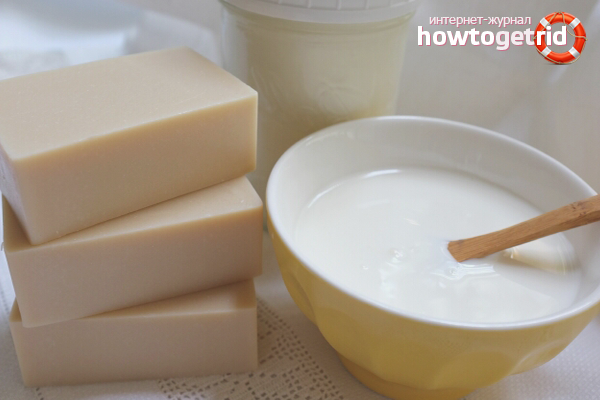

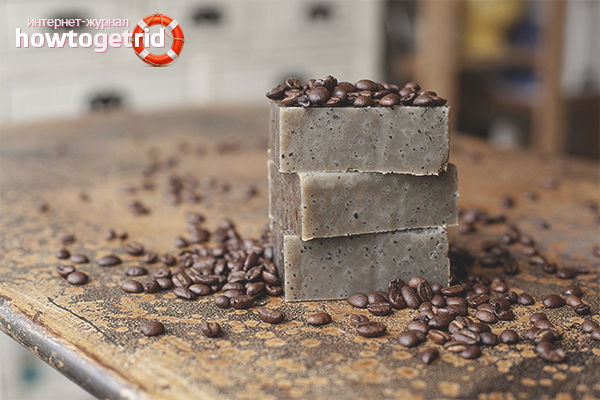
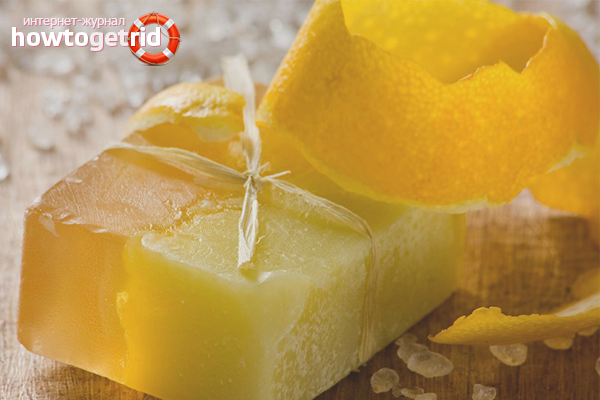


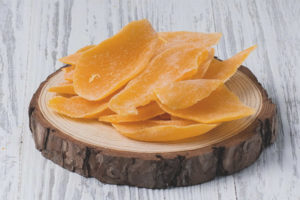
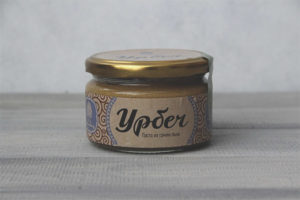
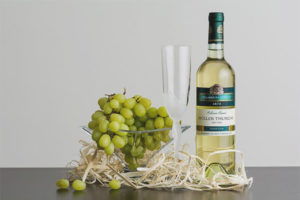
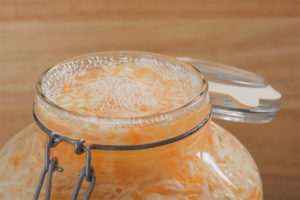
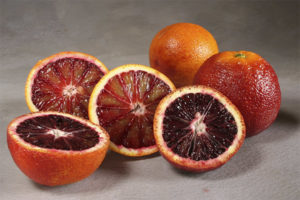

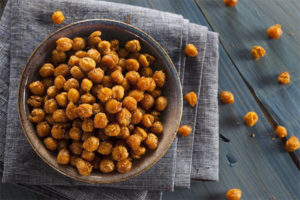
Submit